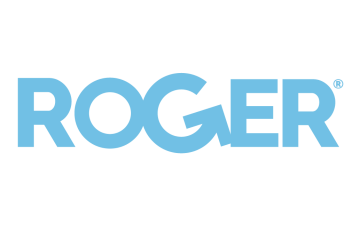Businesses are finding new ways to promote their products every year. The biggest promotions have such a big impact on a company that it destabilizes the entire supply chain. Christmas or our own Sinterklaas are major examples. But nowadays there are more examples, such as singles day, the most famous online promotion in China, or Black Friday, the day after Thanksgiving in the United States.
Internationally seen out of all these special events, Christmas is undoubtedly the most important, and puts enormous pressure on supply chain managers to ensure product availability and that everything moves smoothly through the season. After all, it is the weeks just before Christmas that, in many retail sectors, determine a business’s financial health; John Lewis, for instance, reportedly generates 80% of its annual profits during Christmas period.
Together with this enormous amount of sales that come during this period comes a heap of supply chain stress. Supplying these products is one of the key challenges companies prepare for as soon as last years Christmas is over. However, the extend to which it impacts a supply chain is still often underestimated. To illustrate the extend of this impact the real-life example of a book retailer will be taken.
The book store example
For this book retailer, Christmas is a significant sales driver, accounting for 20% of annual revenue – rising to 50% in some product categories. To complicate things, most of its assortment changes from Christmas to Christmas, so there is no seasonal sales history to provide a forecasting baseline for new items. The sheer impact of this 20-50% of the annual revenue in sales is visualized in the picture below.

As you can see a product group has some amount of sales during normal periods of time whilst peaking during December. However, when looking at the single best-seller case one can see almost no sales during normal periods, whilst also having even more sudden peaks during December.
So how does one create meaningful forecasts for such peaks, in some cases even when there is no sales history at all? One option is to use reference products as a basis for forecasting – a new product’s forecast would then be based on a similar product that has a sales history. This approach can be very effective but, if it is done manually, it takes a lot of time and effort and can only practically applied to the most important new products.
Another possibility would therefore be to use a degree of automation for your forecasting, especially when there are a high amount of SKUs. This automation could be done based on references such as genre, colour, brand or size. Using a baseline of season sales it can be automatically adapted to the holiday season by using similar products as a reference.
End of the year, time to relax?
So you almost survived Christmas and somehow you had enough stock, is it now time to relax and stock up on some booze for new year? No, it is not! And you are entering another slippery slope. The so called ramp-down is a retailers way of getting rid of the high amounts of stock that it will not be directly needed. On one side there’s the possibility of running out of stock early and losing sales at the busiest time of year, and on the other there’s excess stock which can suddenly transform from profit generator to landfill fodder as the clock chimes for Christmas Day.
Then what should you do? Well, it is time to retrieve one of those miracle terms from literature: responsiveness. Prepare some sort of a buffer stock in your distribution center and supply goods to shops which require it. However, know when to stop. Although the rules of retail tell you that you need 100% on-shelf availability at all times, those rules can be broken common-sensically. As Christmas draws close customers grow increasingly tolerant of out of stocks. Therefore, to reduce the chance of a huge leftover stock at the end of the year, you might consider reducing that on-shelf availability.
Last but not least companies need to learn from each year. The annual Christmas-overdose means that once the holiday is finished, no-one wants to think about it again until they have to, and the chance of learning important lessons is all too often missed. This means going through all the problems that cropped up, identifying the causes and understanding them, building a solution, documenting it for next Christmas, and most importantly, putting that solution into practice.

0 Comments